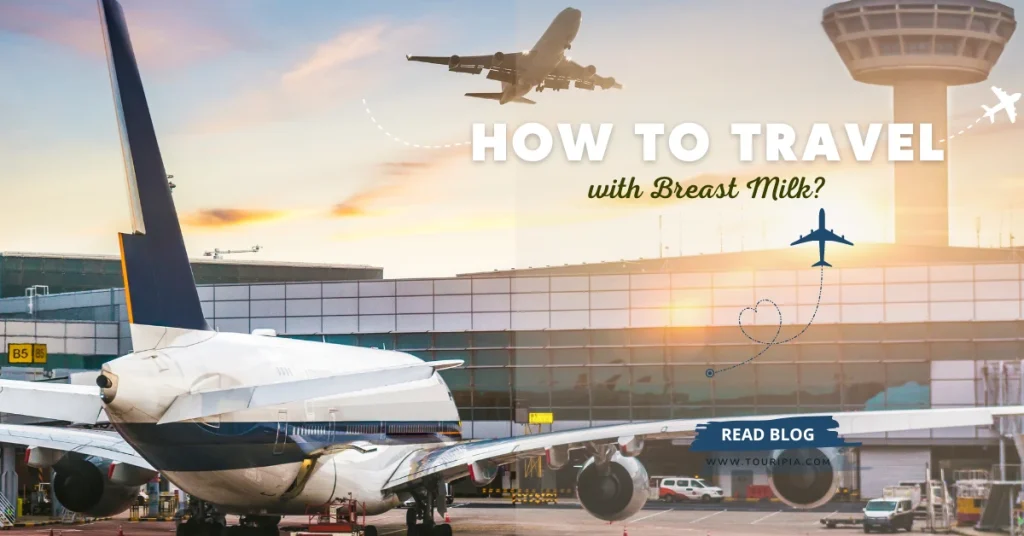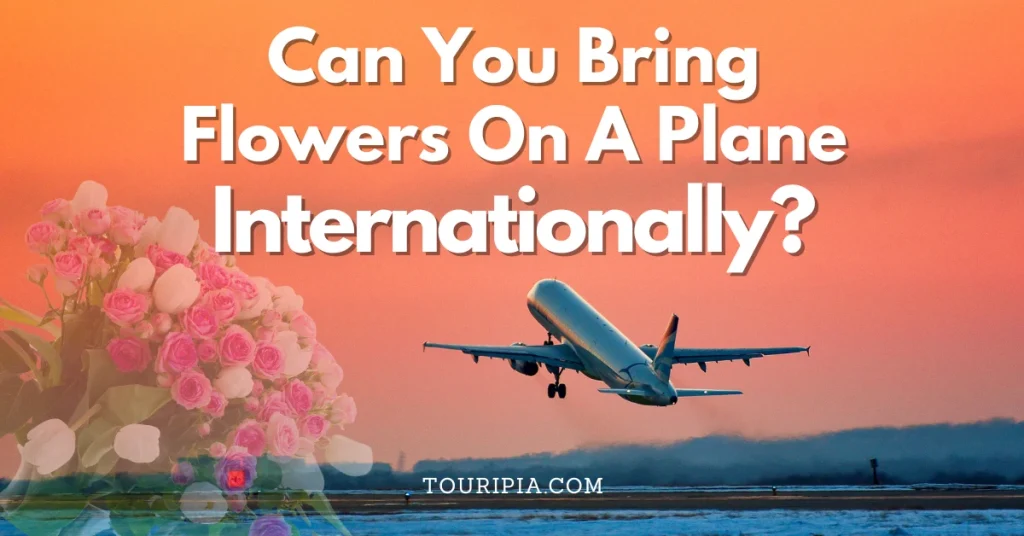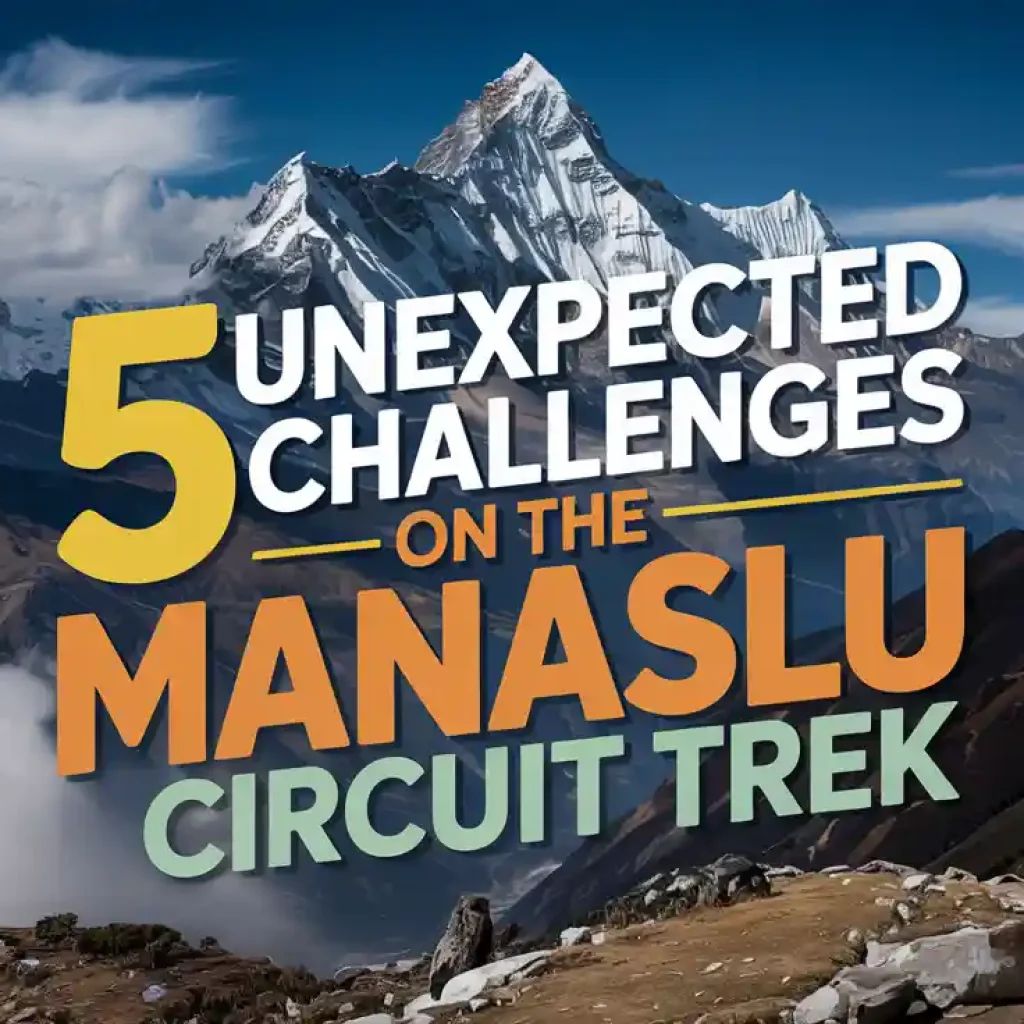How Long Is a Flight to Japan from the U.S.? My Experience Explained
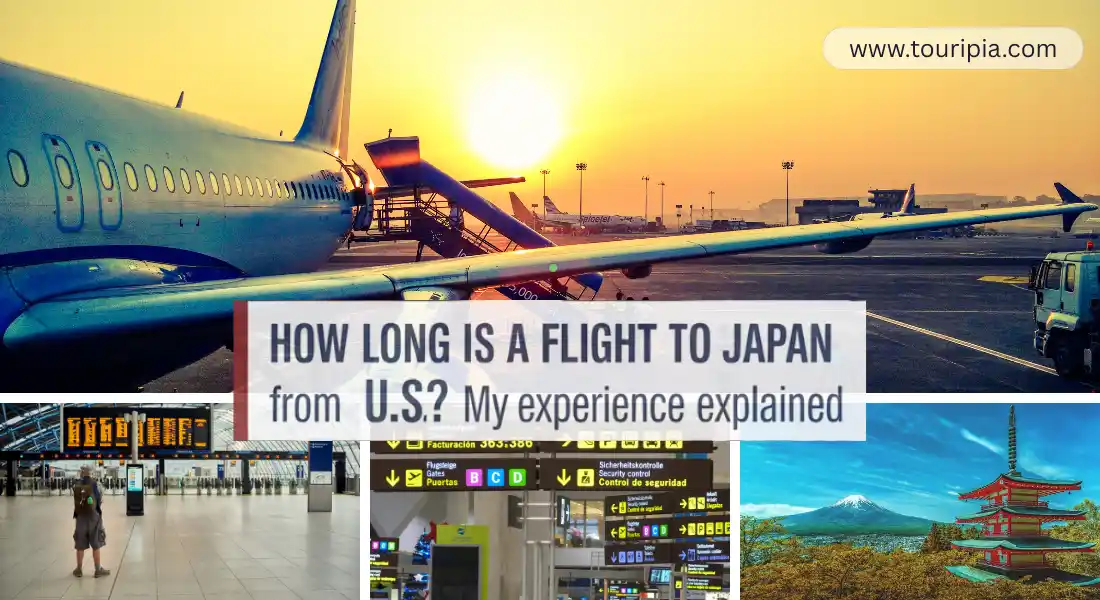
Japan has always held a magnetic pull for travelers from the United States. Whether it’s the promise of cherry blossoms in Ueno Park, the thrill of seeing Mount Fuji from a Shinkansen window, or the cultural depth of Tokyo’s neighborhoods, the journey often begins with a single practical question: how long is a flight to Japan from the U.S.?
I still remember my first flight to Tokyo Narita International Airport from Los Angeles. It wasn’t just the 11-hour stretch across the Pacific that stayed with me, but the way that long-haul journey set the stage for everything that followed—the anticipation, the endless in-flight maps showing our commercial airliner crawling across the ocean, and the quiet thrill of knowing I’d land in a place that had fascinated me for years.
Since then, I’ve taken routes from New York, Chicago, and even connecting flights through Vancouver and Seoul, each offering different flight times, experiences, and challenges.
This article is not just a breakdown of flight durations, routes, and airlines; it’s a reflection of real journeys—what I’ve learned about long-haul flights, how layovers can stretch your travel time to nearly a full day, and why the flight experience itself becomes part of the story.
So, if you’ve ever wondered how long is a flight to Japan from the U.S., let’s dive into the specifics and make sense of what to expect.
1. Understanding Flight Times from the U.S. to Japan
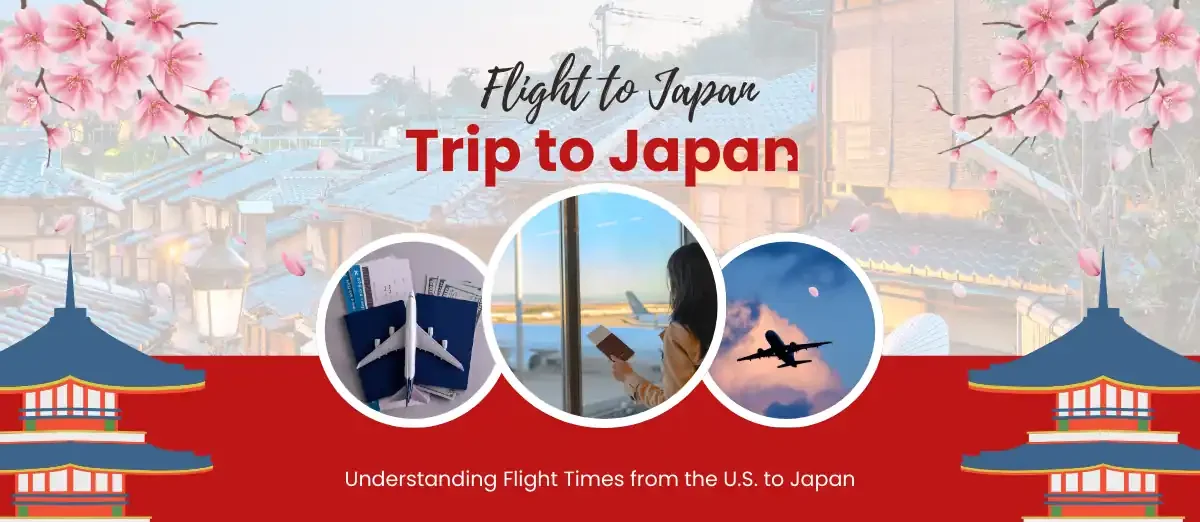
Flying from the United States to Japan typically takes between 10 and 14 hours on a nonstop flight, depending on where you’re starting.
West Coast cities like Los Angeles or San Francisco often clock in around 10–11 hours, while East Coast departures like New York or Boston can stretch closer to 14 hours. From the central U.S.—Chicago, Dallas, or Houston—you’re usually looking at around 13 hours.
The distance between the two countries is roughly 6,000–7,000 miles, depending on the route. Airlines use the great circle formula to calculate flight mileage, but real-world conditions like wind speeds, weather delays, and air traffic control play a role in your actual flying time.
Your flight duration also depends on factors such as whether you choose a direct flight versus a connecting route, which airline you fly with, and even the season.
For example, winter westerlies often push flights from California to Tokyo a little faster, while summer schedules and typhoon season can mean longer times in the air or on the tarmac.
After multiple trips, I’ve learned to check real-time flight info rather than rely on averages—because while the schedule may say 12 hours, conditions can add or shave off significant time.
2. Major U.S. Departure Cities and Their Flight Times
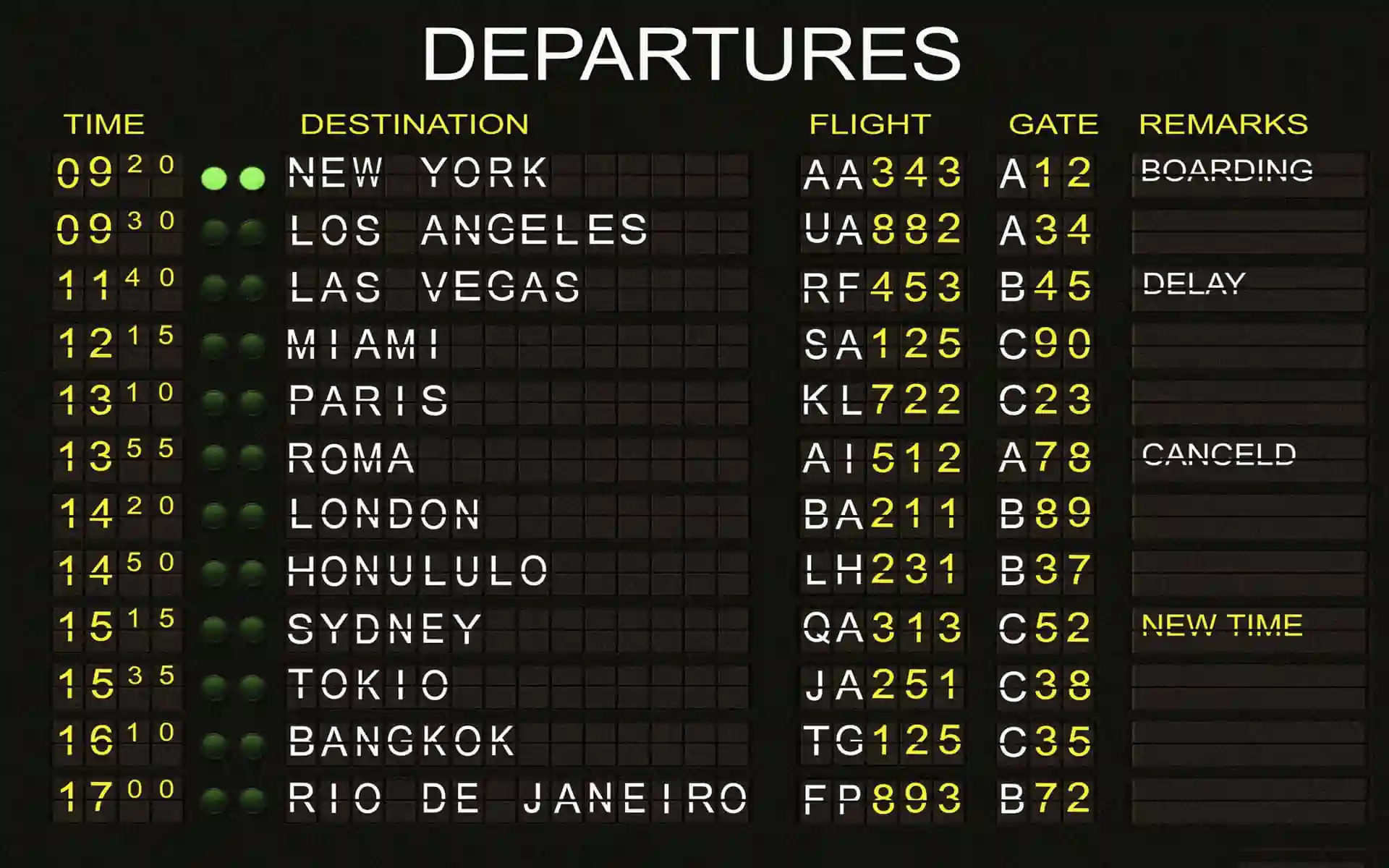
The United States is vast, and so are the flight times to Japan. I’ve flown from both coasts and the Midwest, and the difference can feel dramatic.
Here’s how the main departure points compare:
2.1 West Coast Departures – The Fastest Routes
If speed is your priority, flying from the West Coast is the way to go.
- Los Angeles (LAX) → Tokyo (Haneda or Narita): Around 11 hours nonstop. My Japan Airlines flight here was one of the smoothest, with minimal jet lag upon arrival.
- San Francisco (SFO) → Tokyo: Roughly 10–11 hours, often the quickest option from the U.S.
- Seattle (SEA) → Tokyo: Around 10 hours, and one of my personal favorites since Seattle-Tacoma International Airport has a very efficient international departure setup.
These are the shortest routes simply because of geography. A direct line from California or Washington across the Pacific is significantly shorter than from New York or Florida.
If you’re planning a quick business trip or a tightly scheduled Hanami picnic during cherry blossom season, West Coast departures save you valuable time.
2.2 East Coast Departures – The Long Haul
Coming from the East Coast, you’re in for a much longer stretch.
- New York (JFK) → Tokyo: Roughly 14 hours nonstop. On my United Airlines flight here, I remember how the sheer distance gave me time to reset my sleep schedule before landing.
- Washington D.C. (IAD) → Tokyo: Around 13–14 hours.
- Boston (BOS) → Tokyo: Similar duration, usually 13–14 hours depending on seasonal wind patterns.
If you’re flying from the East Coast, nonstop flights are a blessing despite the long duration, as connecting flights can easily push your total travel time toward 18–20 hours.
2.3 Central U.S. Departures – Balanced but Long
Departing from the central states is a middle ground.
- Chicago (ORD) → Tokyo: Around 13 hours.
- Dallas/Fort Worth (DFW) → Tokyo: About 13 hours as well.
- Houston (IAH) → Tokyo: Between 13 and 14 hours depending on the day and winds.
From my own flights out of Chicago, the journey always felt manageable compared to the East Coast marathon, but still long enough to plan meals, naps, and some good inflight movies.
3. Direct vs. Connecting Flights: What to Expect
When people ask me whether to choose a nonstop or connecting flight, I usually say it depends on budget and tolerance for long stretches in the air.
- Nonstop flights from places like Los Angeles, San Francisco, New York, and Chicago are the fastest. They’re often more expensive, but they save hours—and that’s crucial if you’re trying to make the most of limited vacation time.
- Connecting flights can take you through cities like Vancouver, San Francisco, Seoul, or even Honolulu. These are often cheaper, but the total journey can stretch to 18–24 hours with layovers.
I’ve tried both. On one trip, I took a layover in Vancouver and regretted the long overnight wait at the airport. Another time, I used a layover in Seoul as a mini trip, exploring the city during a 12-hour stop. That’s when I realized layovers don’t have to be wasted time if you plan them right.
The difference in total time is significant: nonstop flights may be 12–13 hours, while connecting flights can add half a day or more to your journey.
If you’re someone who values efficiency—or if you’re flying for business travel—nonstop is worth it. But if you’re flexible and want to save money, connections can work well.
4. Popular Airlines That Fly from the U.S. to Japan
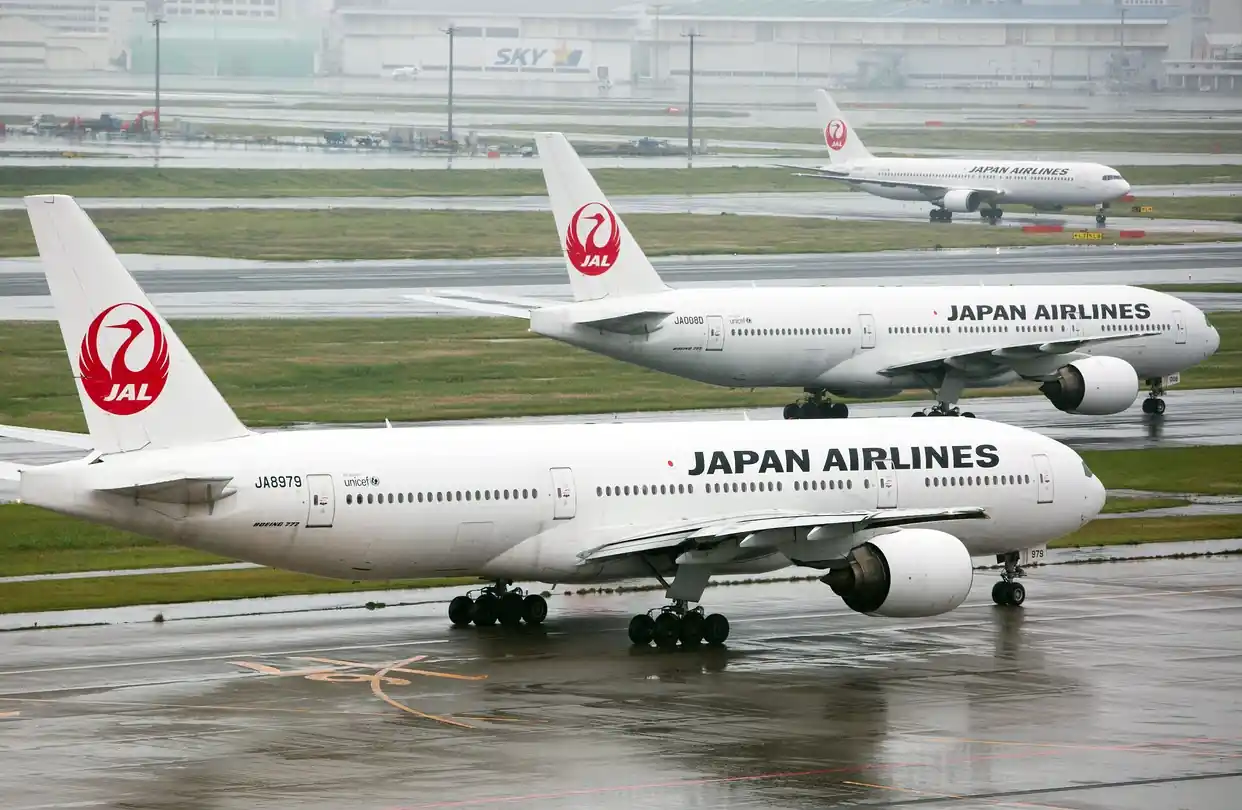
Over the years, I’ve flown to Japan on nearly every major carrier that operates the route, and the differences in service, comfort, and even flight times are worth noting.
On the U.S. side, you’ll find the usual big three:
- United Airlines (hub in San Francisco and Chicago, with direct flights to Tokyo Narita International Airport and Haneda).
- American Airlines (popular from Dallas/Fort Worth International Airport and Los Angeles International Airport).
- Delta Air Lines (often connecting through Seattle, Portland, or Minneapolis).
From the Japanese side, two airlines consistently stand out:
- Japan Airlines (JAL)
- All Nippon Airways (ANA)
Both are renowned for their impeccable service. On my ANA flight from Los Angeles, I was served meals that rivaled restaurants in Tokyo’s Urayasu district, and the flight attendants made the 11-hour journey feel much lighter.
With JAL, I’ve found that even economy class seats feel roomier than some U.S. carriers, and their timeliness is unmatched—rarely delayed except during peak weather conditions like typhoon season.
The choice of airline can influence not just comfort but also duration. For example, flights out of San Francisco International Airport on United or ANA often clock in slightly faster than those leaving from Dallas/Fort Worth, simply because of geography and wind patterns.
For frequent flyers, loyalty programs like Personal Avios credit cards and Business Avios credit cards also make a difference, especially if you’re traveling often for business.
I’ve redeemed Avios points for upgrades to premium economy—worth every mile when you’re crossing the Pacific.
5. Seasonal Factors That Affect Flight Duration
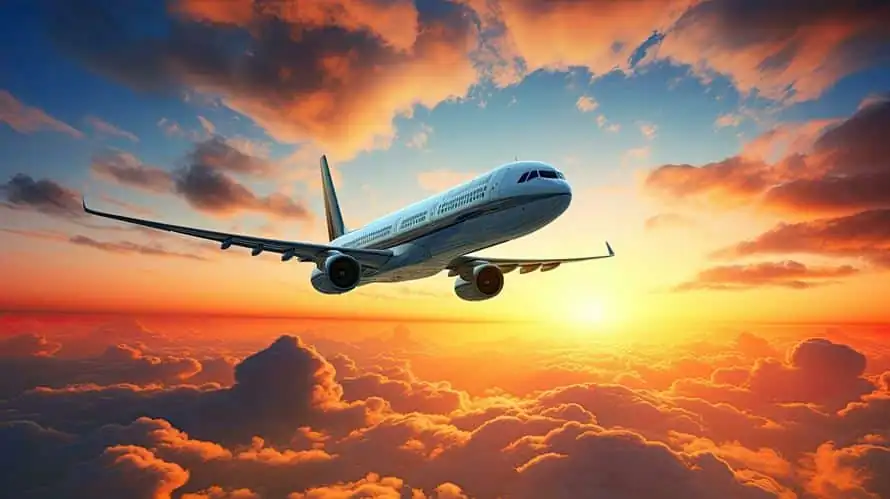
One thing that surprises first-time travelers is that flight duration isn’t always consistent year-round. After flying to Japan in different seasons, I’ve noticed patterns that are worth planning around.
The jet stream, a fast-moving band of air in the upper atmosphere, can shave an hour or more off your journey when heading west to east—or add extra time when flying against it.
For instance, my flight from Tokyo Haneda Airport back to Chicago one February took just over 11 hours, almost an hour shorter than my outbound flight. Seasonal wind patterns like the Westerlies Wind System play a big role here.
Weather also affects schedules. In spring, I once flew during cherry blossom season, and Narita Airport was buzzing with extra arrivals.
It meant longer airport wait times and some delays in baggage handling. In contrast, summer flights can face typhoon disruptions, especially in late August and September. I remember one ANA flight rerouting around a storm system, which added nearly an hour to our flying time.
Winter also brings challenges. Snow at U.S. departure hubs like Chicago O’Hare or New York JFK can delay takeoff, while icy conditions in Japan occasionally affect landings at Tokyo Narita International Airport.
If your travel dates are flexible, I’d recommend late September or October. The weather is stable, the weekly schedule for airlines runs smoothly, and you’ll catch autumn colors in places like Kyoto’s temples—without the heavy summer crowds or spring congestion.
6. My Personal Experience Flying from the U.S. to Japan
The most memorable flight I ever took to Japan was from Los Angeles International Airport (LAX) to Tokyo Haneda Airport with ANA.
The scheduled flight duration was about 11 hours, but favorable wind speeds cut it down to just over 10 and a half. It was one of those rare long-haul flights where I felt rested upon landing.
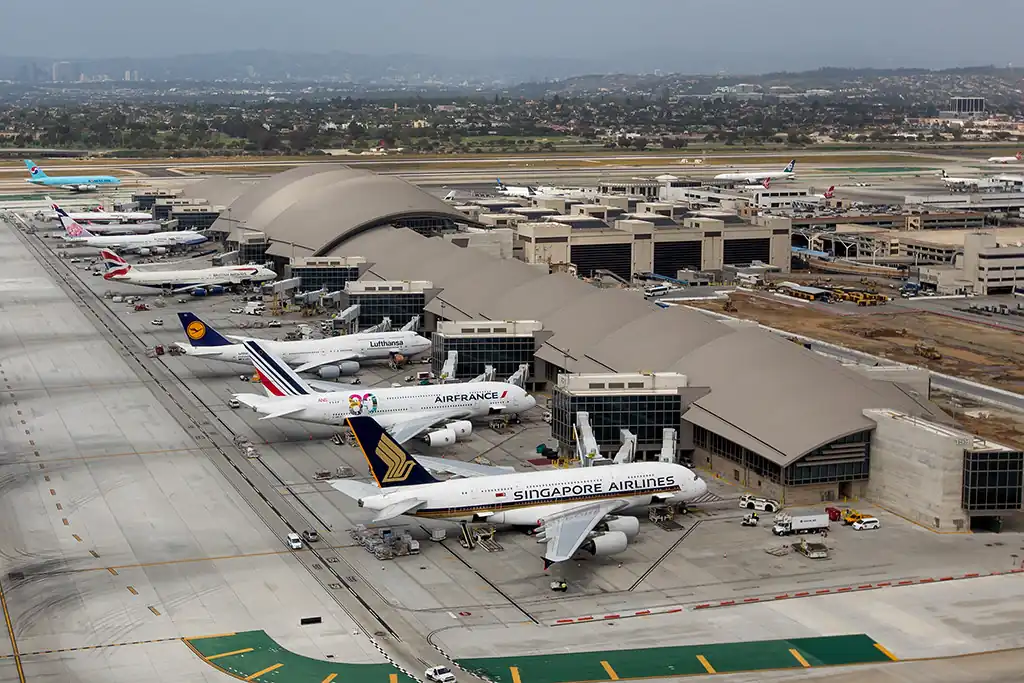
I had booked premium economy using points from my Business Avios credit card, and the difference was striking—extra legroom, upgraded meals, and a quieter cabin.
The in-flight entertainment included Japanese films I had been meaning to watch, which gave me a head start on the cultural immersion. Meals were distinctly Japanese, with miso soup and rice served alongside Western options.
By contrast, my New York (JFK) to Tokyo Narita International Airport flight with United Airlines was much longer—close to 14 hours. That one tested my patience, especially since I hadn’t adjusted my sleep schedule before departure.
The time zone difference meant I landed in the early afternoon in Tokyo but felt like it was midnight back in the U.S. Jet lag hit me hard, and I spent the first evening wandering near Ueno Station, too tired to enjoy my first bowl of ramen.
Over the years, I’ve learned a few tricks:
- Bring compression socks and move around often; otherwise, the long-haul sitting can be brutal.
- Stay hydrated, but avoid too much caffeine or alcohol.
- Sync your watch to Tokyo time as soon as you board—it really helps with mental adjustment.
Every flight has taught me something. The smooth ANA trip reminded me that comfort and planning make a huge difference, while the JFK marathon showed me the importance of seat selection and rest preparation. For anyone asking, how long is a flight to Japan from the U.S.?,
I’d say: expect anywhere from 10 to 14 hours—but your personal experience will depend on the choices you make before you even step on the plane.
7. Tips for Making a Long Flight to Japan Easier
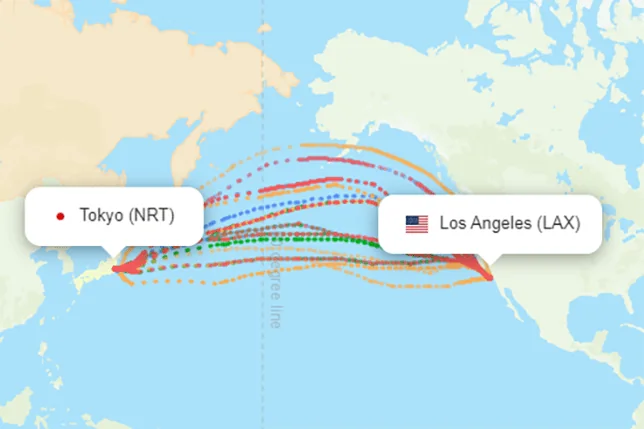
After more than a dozen flights to Tokyo, Osaka, and occasionally Sapporo, I’ve developed a routine that makes the journey smoother.
A flight from the U.S. to Japan can feel daunting—how long is a flight to Japan from the U.S.? Ten to fourteen hours sounds overwhelming until you learn how to make the most of it.
Choose your seat wisely. If you value freedom to stretch and move, the aisle is your best friend. On one ANA flight from Chicago (ORD) to Tokyo Haneda Airport, I booked an exit row seat, and it made the 13-hour stretch much more bearable. If you prefer leaning against the window and fewer interruptions, a window seat is worth it—especially if you’re lucky enough to catch a view of Mount Fuji during descent.
Pack the right essentials. I always bring a neck pillow, compression socks, and noise-canceling headphones. A lightweight blanket or large scarf helps too since cabin temperatures vary. Snacks like protein bars or fruit keep you from depending entirely on airline meals, which may not match your usual eating schedule.
Hydration and movement are key. Flights this long dry you out. I make it a point to drink water steadily and walk the aisles every few hours. Some travelers even do light stretches near the galley—something flight attendants on Japan Airlines are used to seeing.
Adjust your sleep schedule before departure. When I flew from Atlanta (ATL) to Tokyo Narita International Airport, I shifted my bedtime by a couple of hours in the days leading up to departure. It made adjusting to the 13-hour flight and Japan’s time zone difference easier.
And finally, think of layovers strategically. On one trip via Seoul, I left the airport to explore the city during a 12-hour stopover. Instead of a wasted half-day, I gained a mini adventure. If you’re traveling via Vancouver or Honolulu Airport, a layover can actually refresh you before the final leg.
8. Comparing Flight Times to Other Asian Destinations
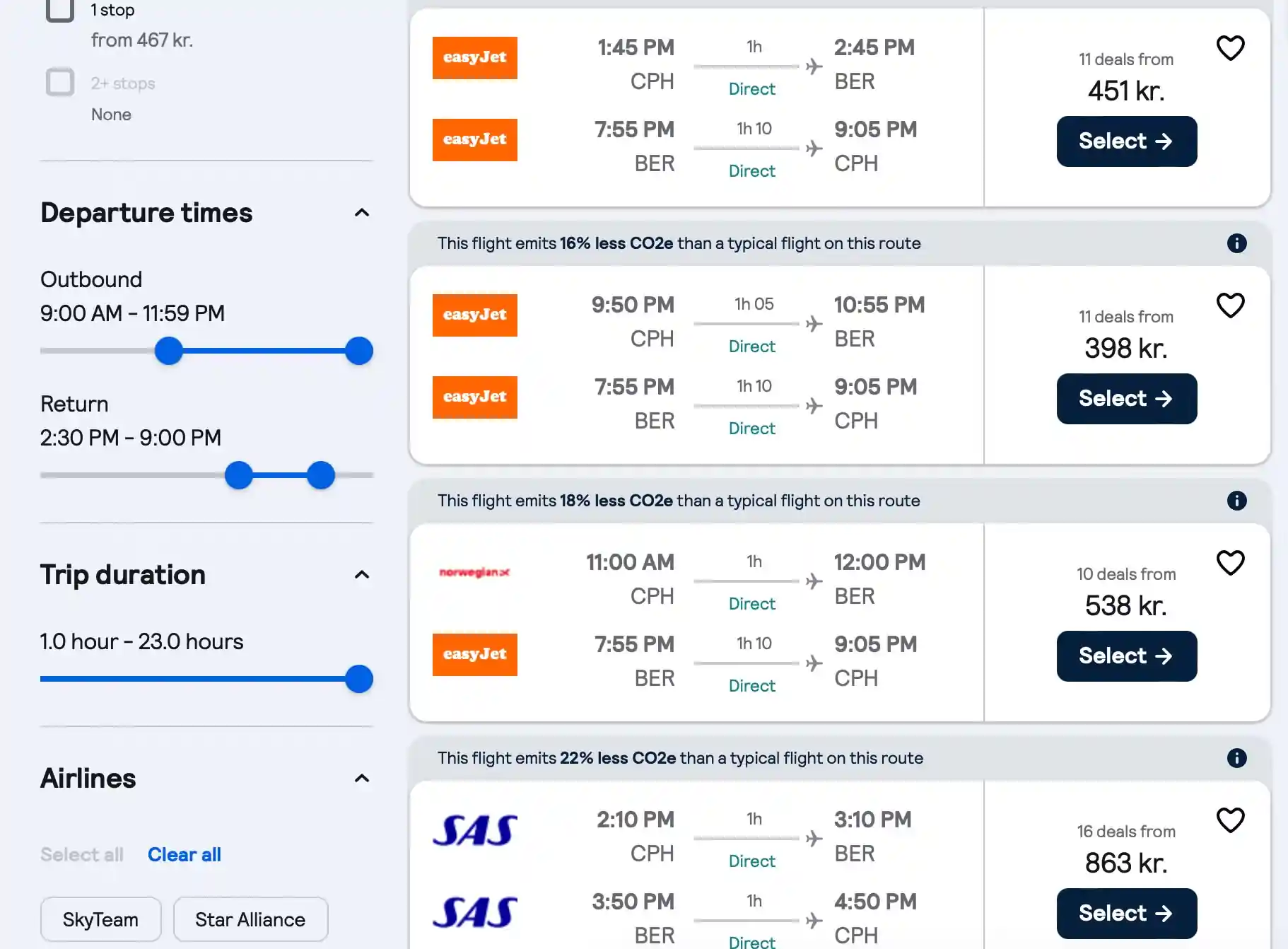
When friends ask me about Asia travel, they often benchmark Japan against nearby countries. It’s a smart way to set expectations.
- Japan vs. South Korea: From the West Coast, flights to Seoul are around 11 hours—nearly identical to Los Angeles (LAX) to Tokyo. From the East Coast, flights run 13–14 hours, just like New York to Tokyo.
- Japan vs. China: Flying to Beijing or Shanghai can sometimes be slightly shorter depending on departure city, but not by much. For example, a flight from San Francisco to Beijing took me just under 11 hours, similar to SFO–Tokyo.
- Japan vs. Southeast Asia: Here’s where you’ll notice a difference. Flying from the U.S. to Bangkok or Singapore adds several more hours, often totaling 16–18. After a 13-hour flight to Tokyo from Houston, I once connected onward to Bangkok, and by the time I landed, I’d been in transit nearly 20 hours.
So if you’re debating your first Asian trip, how long is a flight to Japan from the U.S.? The answer—10 to 14 hours—actually makes Japan one of the more accessible Asian destinations, especially from the West Coast.
Final Words
Flying to Japan from the U.S. can feel like a big trip, but it’s completely manageable once you know what to expect.
Whether your flight is 11 hours from the West Coast or closer to 14 hours from the East, the journey is well worth it the moment you land and experience Japan’s culture, food, and scenery.
My biggest takeaway? If your budget allows, book a nonstop flight — it cuts down on stress and gets you exploring Japan that much faster.
So, if you’ve been wondering how long is a flight to Japan from the U.S.?, the short answer is: long enough to plan your favorite in-flight entertainment, but not so long that it should hold you back from taking this incredible journey.
Trust me, once you step foot in Tokyo, Kyoto, or Osaka, the hours in the air will feel like a small price to pay.
Frequently Asked Questions
1. What’s the shortest flight from the U.S. to Japan?
Typically, flights from Los Angeles or San Francisco to Tokyo are the shortest, averaging 10–11 hours.
2. How long is the flight from Hawaii to Japan?
From Honolulu Airport to Tokyo Narita International Airport, it’s around 7–8 hours—a favorite route for travelers combining both destinations.
3. Is business class worth it for such a long flight?
Yes, especially on flights from New York, Chicago, or Florida where you’re in the air 13–14 hours. I’ve flown business on JAL and the lie-flat seat made a huge difference in jet lag recovery.
4. Can you fly into Osaka or Kyoto directly from the U.S.?
You can fly into Osaka Kansai International Airport directly from Los Angeles and San Francisco. Kyoto doesn’t have its own airport, but Kansai is just over an hour away by train.
5. How does the time zone difference affect travel?
Japan is 13–14 hours ahead of Eastern Standard Time. On my first flight from New York, I lost an entire calendar day. It takes about 2–3 days to fully adjust, depending on your sleep strategy.
6. Which U.S. airport has the best flight options to Japan?
Los Angeles International Airport (LAX) offers the most nonstop routes and airline choices, making it the best hub for Japan-bound travelers.
7. Are connecting flights much cheaper?
Yes, flights with layovers in Vancouver, Seattle, or Seoul can be several hundred dollars less, but they add many hours to your journey.
8. Do flight times change often?
Not drastically, but seasonal wind patterns and weather can shift actual flying time by up to an hour. Always check real-time flight info before traveling.
9. What’s the best time of year to fly?
For smooth schedules and mild weather, late September to November is ideal. Fewer typhoons and clear skies mean fewer delays.
10. How much does a flight from the U.S. to Japan usually cost?
It varies, but nonstop flights from the West Coast often start around $800–$1,200 roundtrip, while East Coast departures can range from $1,000–$1,400. Deals through flight comparison websites sometimes dip lower, especially with advance booking.
Recent Posts
 20 Surreal Places in Mexico That Feel Too Dreamy to Be Real (2025)
20 Surreal Places in Mexico That Feel Too Dreamy to Be Real (2025) What Makes Santiago Ways the Most Trusted Camino Agency?
What Makes Santiago Ways the Most Trusted Camino Agency? What Makes Orbis Ways the Go-To Choice for Outdoor Travel Enthusiasts?
What Makes Orbis Ways the Go-To Choice for Outdoor Travel Enthusiasts? Holiday Party Planning 101: Why Transportation Should Be at the Top of Your List
Holiday Party Planning 101: Why Transportation Should Be at the Top of Your List A Complete Guide to Veneajelu – Types, Routes, Prices, & More
A Complete Guide to Veneajelu – Types, Routes, Prices, & More






